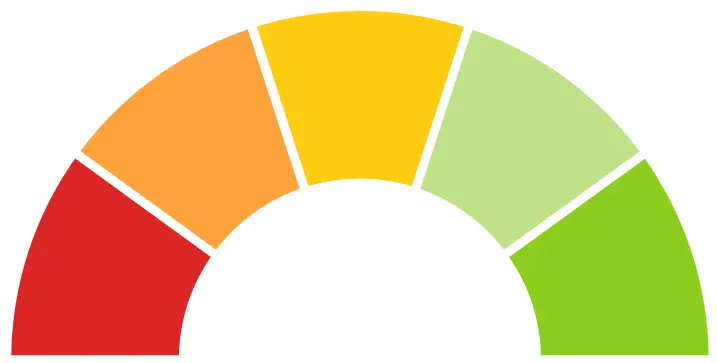News & Insights
News & Insights
BOOK: JOE PUBLIC 2030
Predict-O-Meter
Joe Public 2030 makes five bold predictions about the future, which range from exciting and promising to ominous and discouraging. Through the Predict-O-Meter, we continuously assess the state of the healthcare industry to track the accuracy of the five predictions.It’s been a full year since our last Predict-O-Meter update, and we’re halfway to 2030. So how are our predictions holding up?
Five Potent Predictions Reshaping How Consumers Engage Healthcare
FALL 2024 UPDATE
What influenced our latest rating?
Unfortunately, one year later, we are forced to keep the prediction of “Disparity Dystopia” as fully on track. If the problem is health inequities and disparities, than the backlash against DEI and anything related to it will certainly slow or block solutions altogether. As noted above in Constricted Consumerism, threats to the ACA, Medicaid or other public healthcare programs will impact millions, while bankruptcies from medical debt continue to grow. As explained in our book, climate change disproportionately affects those who face health disparities, and the fallout from global warming will only get worse. All of this for a healthcare system that is already the most expensive among advanced countries and which is well behind those peer countries in most health metrics.
Relevant News
- Extreme heat drives $1B in excess healthcare utilization per year, study estimates – Fierce Healthcare, July 19, 2023
- Over 40 million health professionals demand bold health and climate action at COP28 – WHO, December 2, 2023
- An open letter to Congress: Is healthcare at a tipping point? – Healthcare Uncovered, May 24, 2023
ORIGINAL PREDICTION
The Covid-19 pandemic shone an ugly light on the disparities that have plagued the U.S. healthcare system for decades. Unfortunately, that health gap is more likely than not to expand, as the “haves” gain access to increasingly more expensive medical treatments, health services, and personalized care, while the “have nots” will face growing shortages of basic health resources, from clean water and air to physicians and clinicians, rural healthcare, and more. This shift will be compounded by the mental health crisis, which disproportionately affects systemically disadvantaged populations and groups outside traditional healthcare access channels (teens, for example). All while those entities that might address these disparities increasingly struggle financially – health systems, health plans, state and federal governments – and others lack the incentives to focus on the growing issue.



